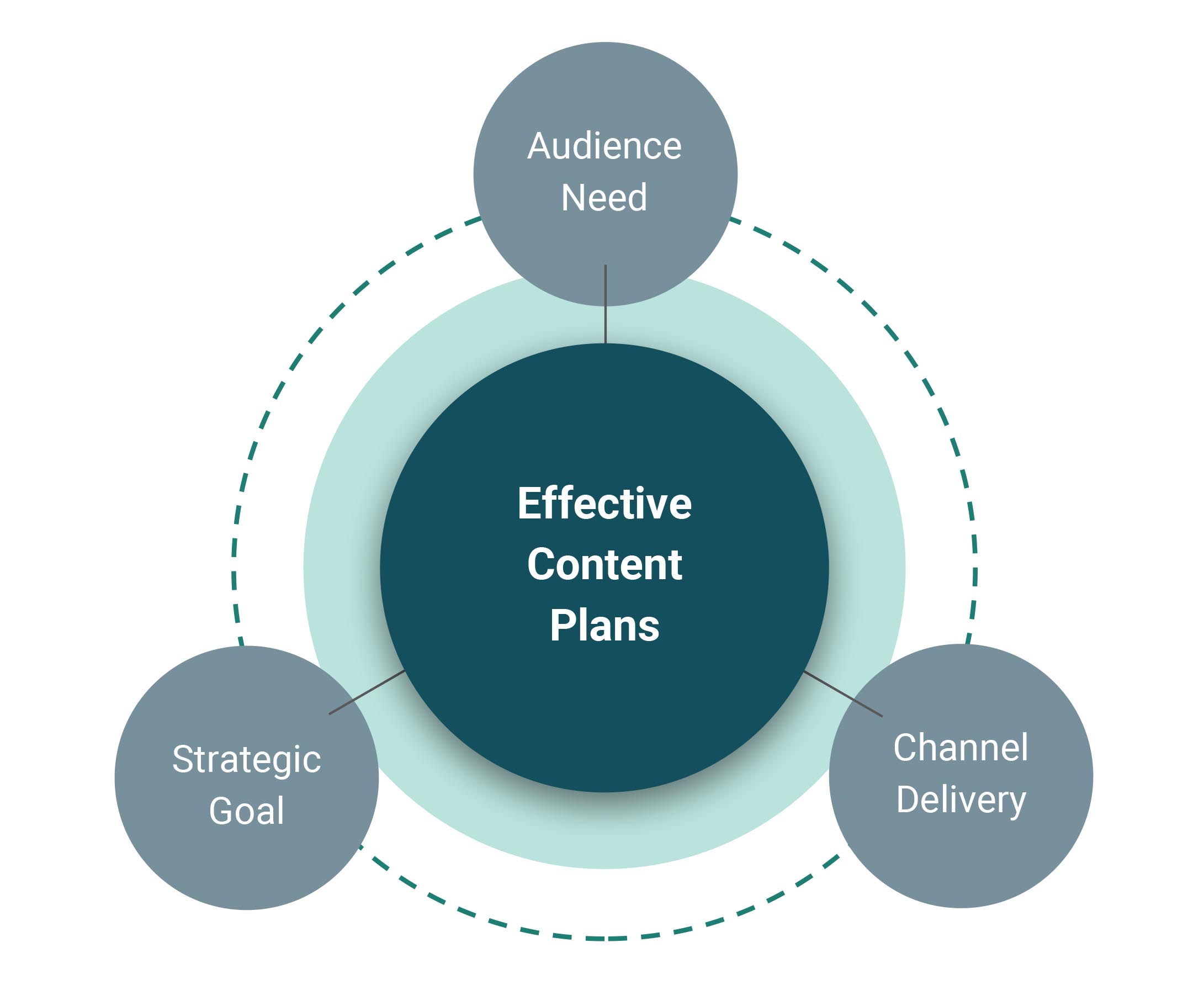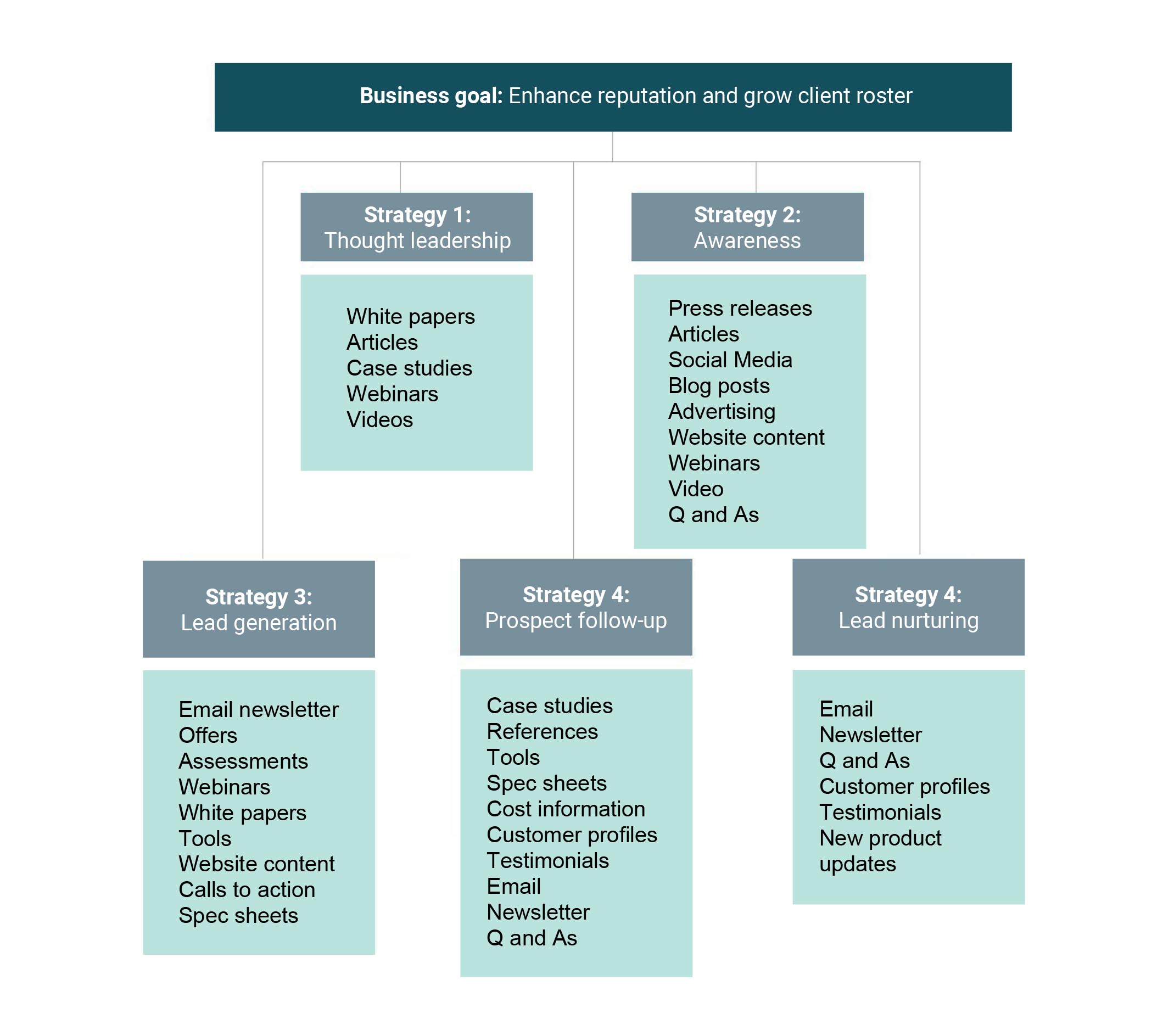Four essential B2B and manufacturing marketing trends
The end of the year is upon us, and it’s the perfect time to take a look at where marketing is going for the manufacturing and industrial industries.
While every manufacturing company is unique, there are specific industry trends and efforts that are essential for staying ahead of the competition and ensuring you’re achieving the highest return on investment (ROI) for your marketing dollars.
Trend #1: Content is still king
Content marketing has become so mainstream in the manufacturing industry that 82 percent of manufacturing companies are engaging in some form of content marketing.
Establishing yourself as a credible thought leader is even more essential when you consider that more than half of B2B buyers make their purchase decisions before ever talking to anyone at your company. In fact, according to Gartner, one of the main requests from B2B buyers is easier access to product, company, and industry information without talking with a salesperson. It’s important for manufacturers to establish their credibility by creating white papers, blogs, e-books, and even videos that help customers answer questions and solve problems.

A good starting point for content marketing is your audience’s needs, your strategic goals for content, and the channels you’re going to use to share your messages. Many companies want to speak in sales language, but audiences think in terms of my need.
Understanding audience needs and developing persona-based content that addresses their questions is essential to any effective content plan. Ask questions about your audiences and what they want to know to establish a foundation of understanding about what motivates them.
When planning content, it is essential to think in strategic phases to accomplish different marketing objectives such as thought leadership, awareness, lead generation, prospect follow-up, and lead nurturing. A robust content program integrates across multiple strategic phases and drives toward your goals. Laying out a long-term plan also provides structural discipline, allowing you to build rich libraries of content from existing internal resources with clear direction and efficiency.
Learn how we achieved results for our client Wold with strategic content planning.

If everyone gathered information from a single source, content marketing would be simple. But audiences have different preferred channels where they seek answers to the questions they have. Good content marketing programs take content and shape it to appropriately fit a channel (industry magazines, social media, online search, etc.) for the most effective delivery and discovery.
Strategic content assessments, planning and reformatting can take existing content and give it renewed life. Be sure to review what you’re making available and making sure it’s still appropriate, has the right message, and is being shared on the appropriate channels.
Trend #2: The continued rise of video
Over the past three years, marketing professionals have been talking about how video will dominate all areas of manufacturing marketing. It turns out they were correct, and this trend is continuing into 2019.
It’s worth considering that viewers retain up to 95 percent of what they watch in a video, so it’s not surprising that complex instructions and overviews are extremely effective in a video format.
Here at Risdall, we’ve developed many different video strategies for our clients, including product demos, customer testimonials and how-to-videos. We’ve also helped efforts to optimize an existing library of videos.
No longer cost-prohibitive, there are a variety of low-cost, high-quality video creation options available for companies looking to develop effective video content. Talking through your goals, we can quickly outline a video creation and promotion strategy that fits in perfectly with your marketing efforts.
Trend #3: Precision lower funnel engagement and lead generation (aka laser customer targeting)
Nowhere is tailored content more powerful and necessary that in the effort to drive qualified leads. These individuals show a high interest in a product or service and the chances of making an effective transaction are higher.
With today’s data analytics and artificial intelligence capabilities, we can identify and target very specific audiences with incredible accuracy like never before. This allows manufacturers to deliver the right content with precision and provide a real-time, tangible opportunity to successfully engage with the exact audience and build a direct line to conversion and sales.
Combined with other content initiatives, lead generation can begin the process of closing a sale and provide your organization with a wealth of opportunities and measurable ROI.
We strategically increased the number of qualified, lower-funnel leads for Ecolab.
Trend #4 – The use of analytics and measurement
With data coming in from Google Analytics, SEO platforms, CRM systems, and social media accounts, there’s never been more information available. It’s important to capture and analyze this data properly to make sure your marketing efforts are attracting the right visitors and that these visitors are turning into customers.
Whether your buyer’s journey is completed entirely online or involves offline visits to a showroom, Risdall can properly track which efforts successfully turned a prospect into a customer.
Conclusion
As technology continues to evolve and new tools become available, more and more data will become available. Appropriate analysis is essential with getting correct and actionable insights from this data, which can feed granular detail into the buyer’s journey and optimization of efforts. The right data reporting can measure effectiveness and ROI of your efforts and determine which content is most impactful. For lead generation campaigns, data can actually provide great insight into the potential revenue that can be gained from content marketing efforts.
We have just scratched the surface on all of the digital marketing tactics available for manufacturers to use as they connect to customers. Make sure you’re working with a marketing firm that understands your industry to determine the appropriate mix of marketing efforts.